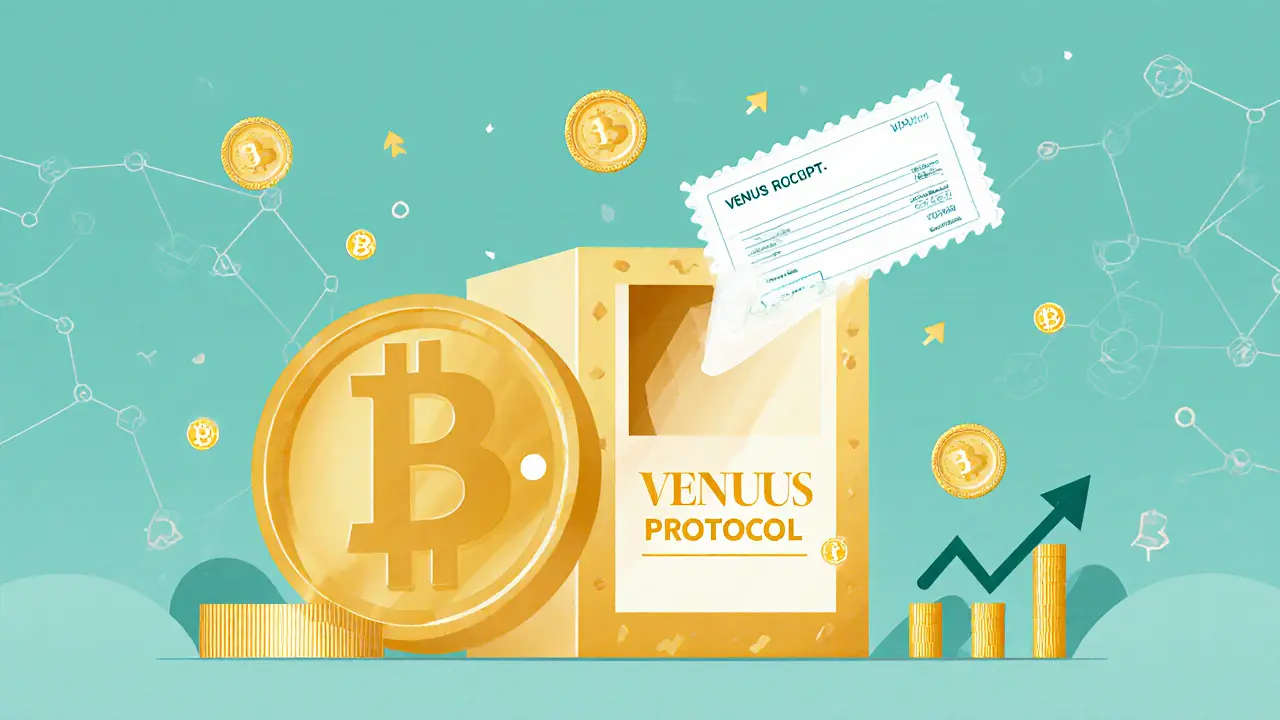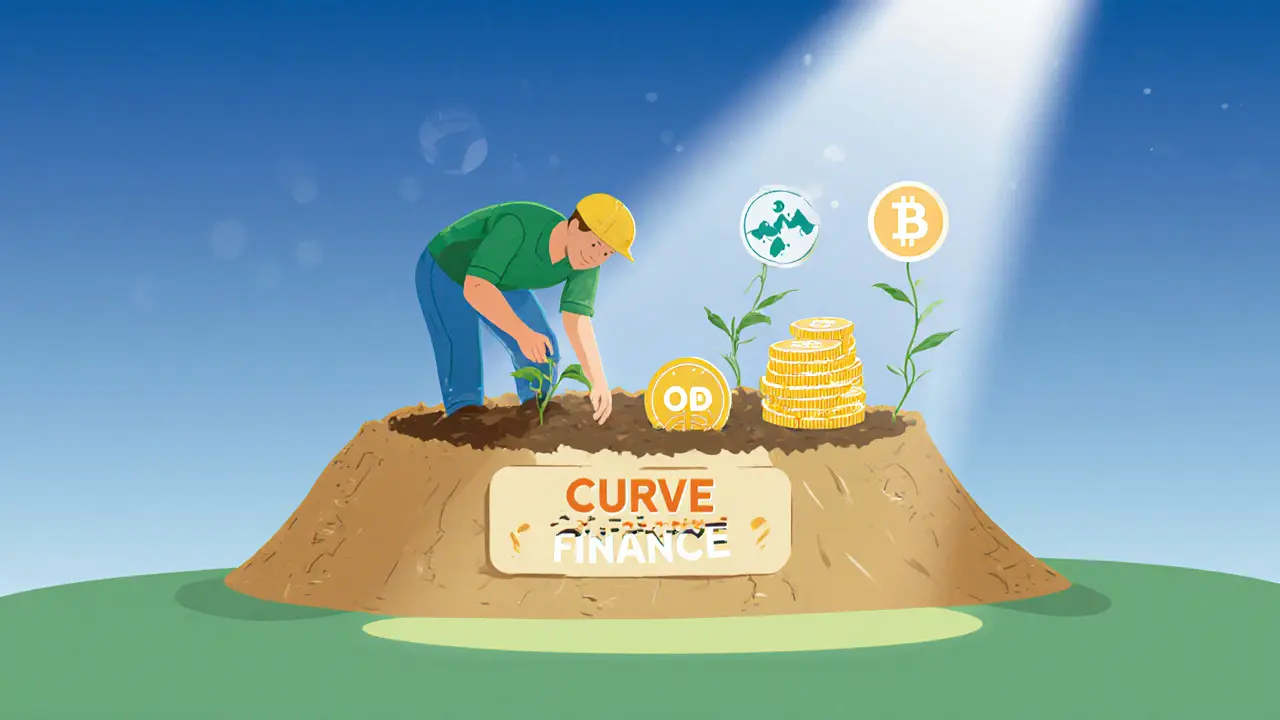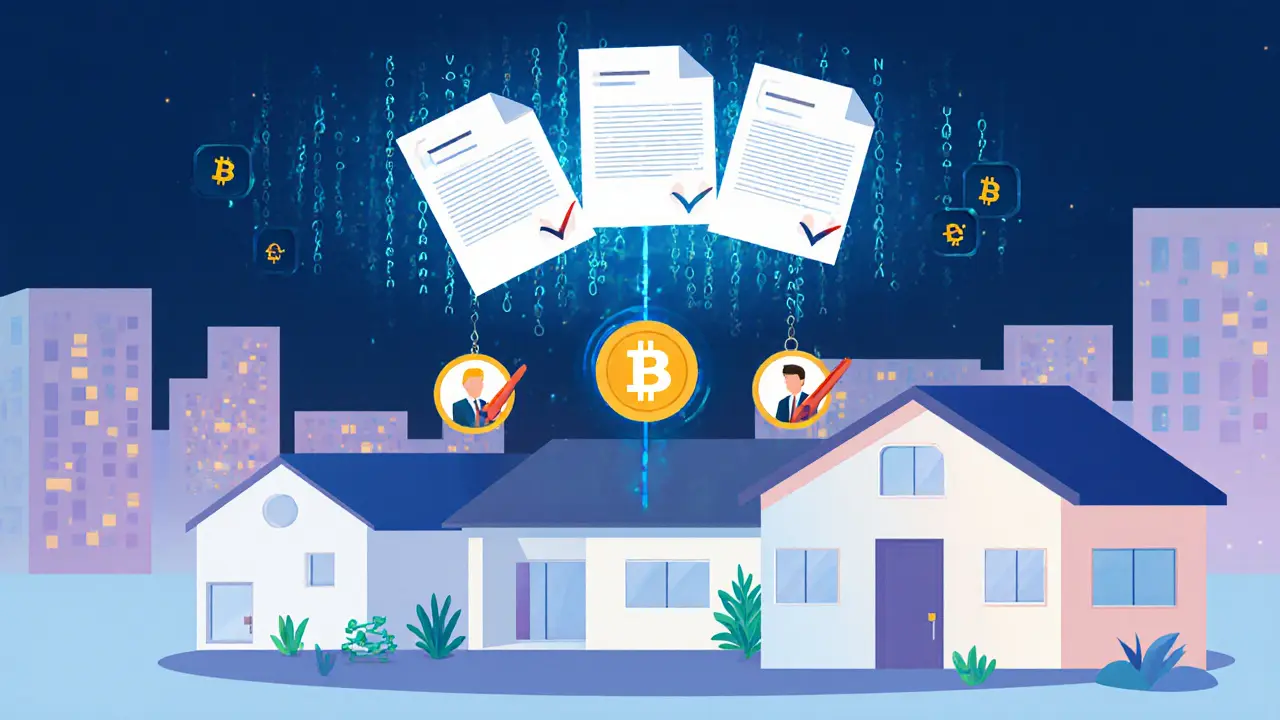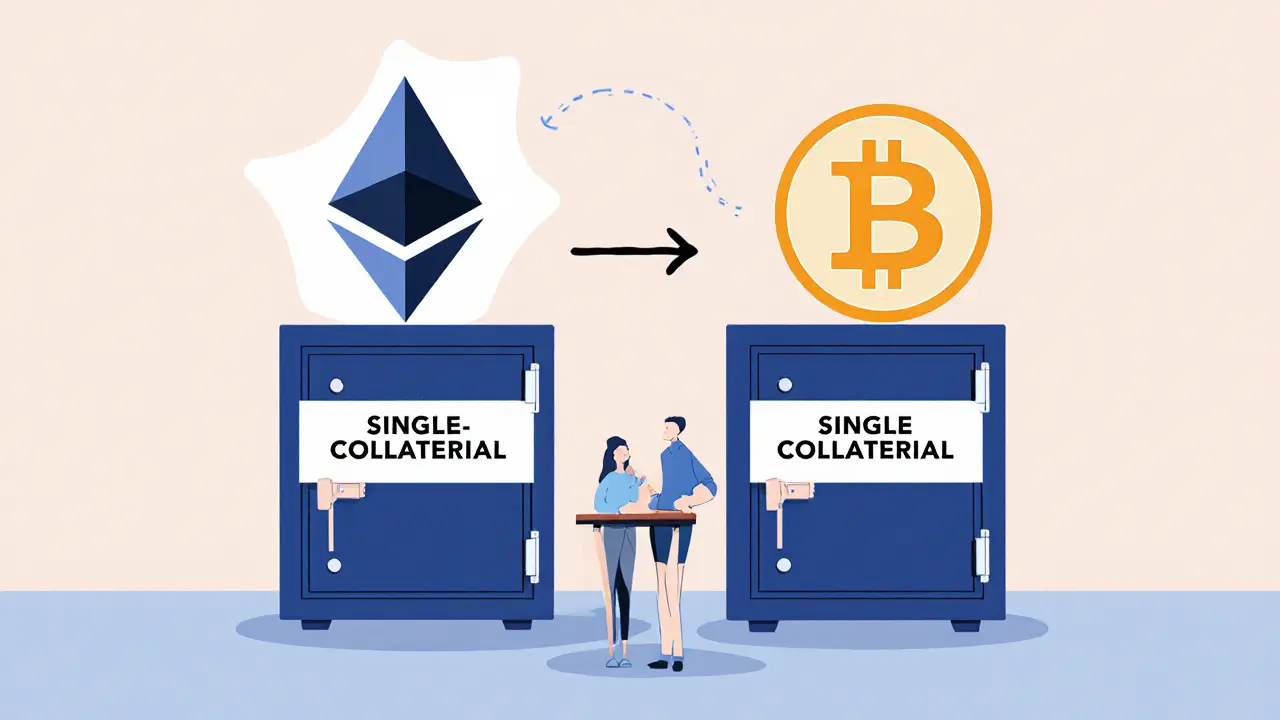DeFi Explained: What It Is, How It Works, and What You Need to Know in 2025
When you hear DeFi, short for decentralized finance, it means financial services running on blockchains without banks or middlemen. Also known as open finance, it lets you lend, borrow, trade, and earn interest using smart contracts instead of traditional institutions. This isn’t theory—it’s happening right now, on networks like Ethereum, Celo, and Kava, where people swap tokens, lock up crypto for rewards, and build new financial tools on top of each other.
One of the biggest reasons DeFi grows so fast is composability, the ability to stack financial apps together like Lego blocks. Money Legos is the nickname for this. A lending protocol can feed data to a trading platform, which then feeds into a yield aggregator—all without needing permission. But this also means one broken contract can ripple through the whole system. That’s why you see posts here checking platforms like Uniswap v3 on Celo, a low-cost DEX built for mobile users and emerging markets, or Wagmi (IOTA EVM), a feeless exchange for IOTA token holders. These aren’t just apps—they’re building blocks in a new financial layer.
But not all DeFi is useful. Many platforms have zero trading volume, no team, or fake market data. You’ll find reviews here on exchanges like SharkSwap, IceCreamSwap, and HaloDeX—all of them barely used or outright abandoned. Why? Because DeFi isn’t just about tech. It’s about liquidity, trust, and real users. If no one’s trading, the protocol doesn’t work. And if you can’t withdraw your funds, it’s not DeFi—it’s a gamble.
Wrapped assets like WBTC and cbBTC show how DeFi connects to the real world—they let Bitcoin move into Ethereum-based lending and staking. But they rely on centralized custodians, which defeats part of the point. And while some DeFi tools offer 20% yields, they often come with risks you can’t see until it’s too late. The posts here cut through the noise. They don’t hype. They show you what’s live, what’s dead, and what’s a scam.
By 2025, DeFi isn’t about getting rich overnight. It’s about having control. No bank freeze. No approval delays. Just code that runs as written. But that freedom only matters if you know what you’re using. Below, you’ll find real reviews of real platforms—no fluff, no promises, just what’s working, what’s not, and why it matters for your money.
What is Venus BTC (vBTC) Crypto Coin? A Clear Guide to the BNB Chain Bitcoin Receipt Token
Venus BTC (vBTC) is a DeFi receipt token that lets Bitcoin holders earn interest by lending their BTC on Binance Smart Chain. Unlike wrapped Bitcoin, vBTC unlocks lending and governance features within the Venus Protocol ecosystem.
Details +Best Liquidity Mining Opportunities in DeFi for 2025
Discover the best liquidity mining opportunities in DeFi for 2025, from safe stablecoin pools on Curve to high-yield strategies on Arbitrum. Learn where to earn passive income without risking your capital.
Details +Smart Contract Use Cases Beyond Cryptocurrency
Smart contracts aren't just for crypto. They're automating real estate deals, paying farmers when it doesn't rain, letting neighbors trade solar power, and giving artists instant royalties - all without middlemen.
Details +Multi-Collateral vs Single-Collateral Systems in DeFi: What You Need to Know
Multi-collateral and single-collateral systems are two ways DeFi protocols back stablecoins and loans. One lets you use many assets; the other uses just one. Here's how they differ, who uses what, and which one suits your needs.
Details +


